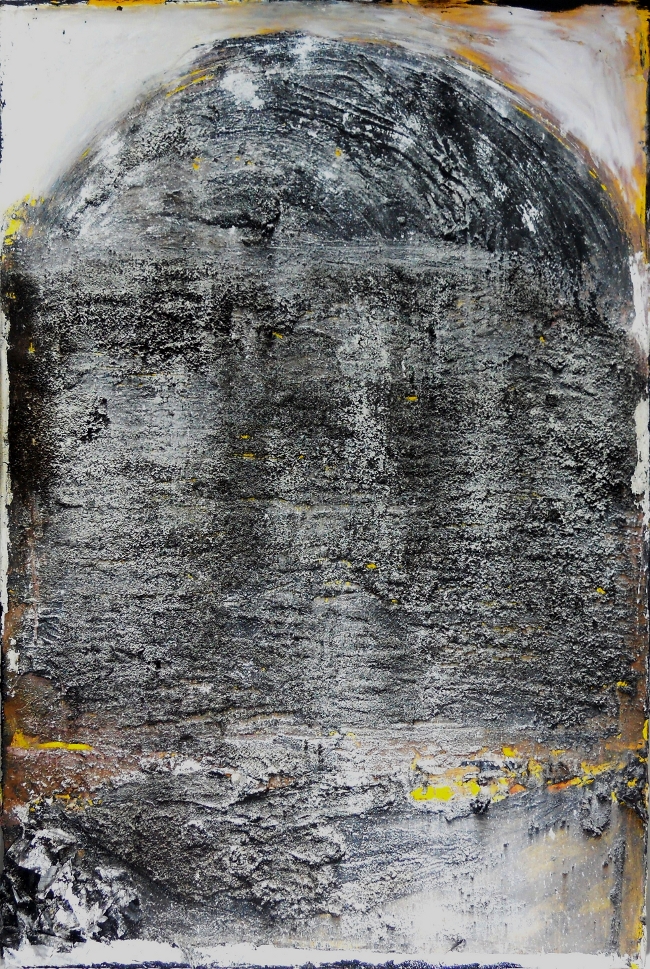catastrophe
by Thomas L. Dumm

1
Catastrophe is not a part of ordinary life, but its disruption. In this sense, the ordinary is either what protects us from catastrophe or is simply the ground from which the catastrophic emerges. A catastrophe has a scale of harm that can only be measured against the rhythms and forms of ordinary life. We feel the catastrophic as a disorientation of self, the loss of the ground beneath our feet, the wiping away of those rhythms and forms. Blanchot teaches that the catastrophe is the event of the disaster and the destruction of meaning that we only comprehend as destruction and only feel as loss.
2
Catastrophe has its own rhythms and forms. It scales time, geologically, humanly, and inhumanly, in attunement with its own imperative, its own agency, even against itself. It pretends to erase time, but it doesn’t, really. It is its own scale of becoming that we hope to account for when we try to comprehend its rhythms and forms. This is a lesson that Connolly teaches.
3
Catastrophe is ordinary. That is, the disorientation, the wiping away of rhythm and form that we call the event of the catastrophe is what we may perceive as the ordinariness of modern life. Heidegger put it this way: “Having become God-less and world-less, the modern human is home-less.” To be homeless is not a metaphor, but a state of being. It is to be no longer of the humus, the ground, but to be swept away. To live at home is to live in (bad?) faith, to know that it is not possible to be at home in a home at all, if we are to face up to the ordinary that is now our catastrophic condition. When a hurricane destroys a city, when a flood wipes away a town, when an earthquake reduces a country to rubble, leaving the human edifices in ruins, we are realizing only that which we already somehow have realized, that we are without a home. And yet we live.